
Este domingo se hicieron las tradicionales alfombras de flores por la festividad del Corpus Christi. Es una costumbre espectacular que se desarrolla en Canarias y que a mí me encanta.
En La Orotava y en La Laguna existe esta tradición muy típica que consiste en cubrir con alfombras de flores las calles aledañas al Ayuntamiento. Más tarde, la procesión discurrirá por encima de ellas destruyéndolas. Son, por lo tanto, una muestra excepcional de arte efímero.
Esta tradición comenzó en Tenerife en el año 1847 cuando la familia Monteverde confeccionó, como tributó al paso del Santísimo Sacramento, una alfombra de flores en las puertas de su palacio. Posteriormente otras familias y municipios de la isla imitaron esta bonita actividad.
Las alfombras del Corpus de La Orotava han sido declaradas Bien de Interés Cultural. En la plaza delante del Ayuntamiento se elabora una alfombra de grandes dimensiones con arenas traídas desde el Teide y que tardan bastantes días en su confección.
En la ciudad de La Laguna también se fabrican en la actualidad tapices con flores y arenas de colores. Las realizan agrupaciones vecinales, grupos juveniles, cofradías, institutos y colegios de enseñanza, así como algunos comercios.
Los motivos suelen tener que ver con valores cristianos como la solidaridad, la humildad o la caridad. También eligen motivos geométricos que son muy vistosos por su colorido.
Personalmente me gustan sobre todo las alfombras de flores. Pero son más delicadas y, si hace calor, de secan rápido los pétalos o si hace viento para evitar que se vuelen hay que regarlas con frecuencia. Este año he observado que en muchas han utilizado materiales de reciclaje, como son las mondas de la naranja o las pieles exteriores de los ajos.
Los grupos comienzan su confección de madrugada, las van fabricando a lo largo de la mañana y antes del almuerzo ya están terminadas. Exige una gran coordinación entre los integrantes. Días antes realizan todos los preparativos necesarios, recopilan los materiales y diseñan el dibujo que, finalmente, harán en el suelo de las calles.
Para los niños es una actividad muy divertida, por eso participan grupos de familiares: los abuelos trabajan junto a los nietos y además de divertirse, les enseñan esta tradición de alfombras que tapizarán las calles.
La agrupación folclórica de la Universidad lagunera las confeccionan, vestidos con los trajes típicos canarios, intentando trasladarnos en el tiempo y mostrarnos como se realizaban antiguamente las alfombras del Corpus.
Me ha costado mucho hacer una selección de las fotos para mostraros una muestra representativa. Os parecen bonitas, ¿verdad?
Me gustaría saber si esta tradición la realizan en otras partes. Si lo conocéis, por favor informarme.

This Sunday the traditional flower carpets were made for the Corpus Christi festival. It is a spectacular custom that takes place in the Canary Islands and that I love.
In La Orotava and La Laguna there is a very typical tradition that consists of covering with carpets of flowers the streets surrounding the town hall. Later, the procession will run through them stepping on them and destroying them. They are an exceptional sample of ephemeral art.
This tradition began in the Canary Islands in 1847 when the Monteverde family made a carpet of flowers on the doors of their palace as a tribute to the passage of the Blessed Sacrament. Subsequently, other families and municipalities imitated this beautiful activity.
The carpets of the Corpus of La Orotava have been declared of Cultural Interest. In the front plaza to the town hall a large carpet with sands brought from the Teide is made and it takes many days to make them.
In the city of La Laguna, tapestries with flowers and colored sands are also made today. They are made by neighborhood groups, youth groups, brotherhoods, schools and colleges, as well as some businesses.
The reasons usually have to do with solidarity and Christian motives. They also choose very colorful geographical reasons for the color.
Personally, I like especially flowers. But they are more delicate and, if it is hot, the petals dry quickly or if it is windy you have to water them frequently so that it is easy for the flowers to fly. This year I have observed that many have used recycling materials, such as the orange peel or the outer skin of the garlic.
The construction groups begin their preparation at dawn and they are manufactured during the morning, so that at noon and before lunch, they are completed. This requires great coordination among the members.
Days before they make all the necessary preparations, collect the materials and design the drawing they will finally make on the street floor.
Children usually have a lot of fun. There are family groups that collaborate together in this activity. The grandparents with the grandchildren participate together and have fun in the construction of these carpets that will upholster the streets.
Other folk groups make them dressed in typical Canarian costumes trying to move in time and show how they were the original carpets of Corpus Christi.
I had a hard time making a selection of the photos to show you a representative sample.
They seemed beautiful, right?
I would like to know if this tradition is carried out elsewhere. If you know him, please inform me.

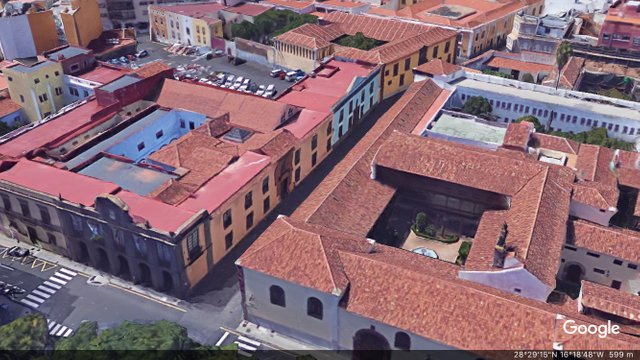



























Espero, sinceramente, que te haya gustado esta publicación. La he escrito con ilusión recordando el viaje. Mi intención ha sido que me acompañaras, proporcionándote información pero sin resultar aburrido. Espero contar contigo en otras experiencias.
I sincerely hope that you liked this publication. I wrote it with enthusiasm remembering the trip. My intention has been to accompany me, providing information but without being boring. I hope to count on you in other experiences.


Todas las fotos son mías y originales. Las hice con mi iPhone 6. Así mismo, soy el autor de los dibujos separadores.
¡Espero tus comentarios!
All the photos are original and mine. I made with my iPhone 6. Also, I am the author of the separator drawings.
I await your comments!
VÓTAME Y TE VOTARÉ
Si me votas, buscaré tus post y los votaré. Me gusta ser agradecido.
¡Compruébalo!
VOTE ME AND I WILL VOTE YOU
If you vote for me, I'll find your post and vote for them. I like to be grateful.
Check it!
¡Buen Camino!
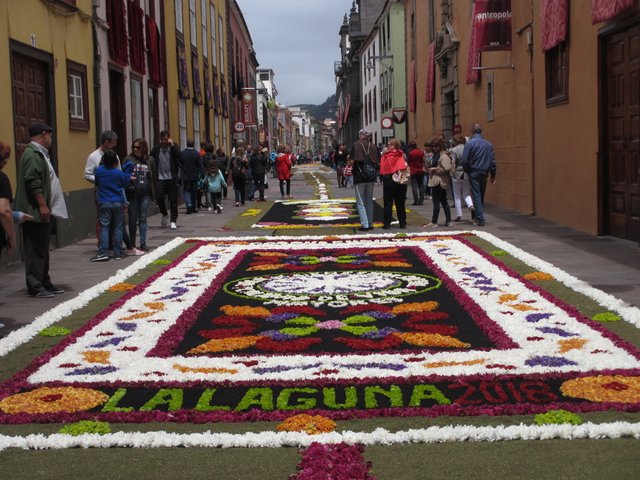
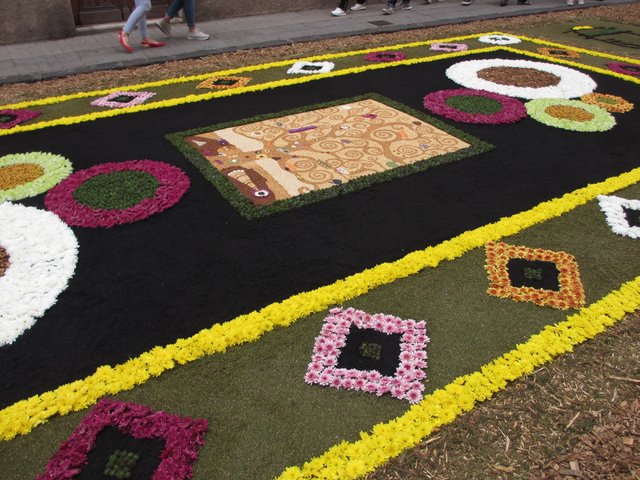
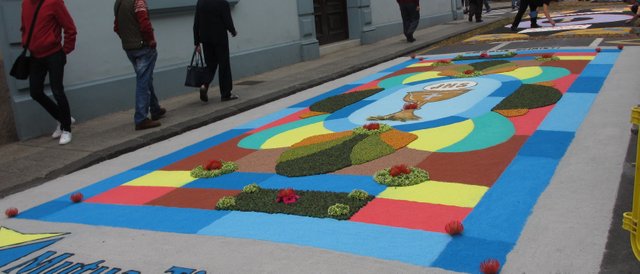
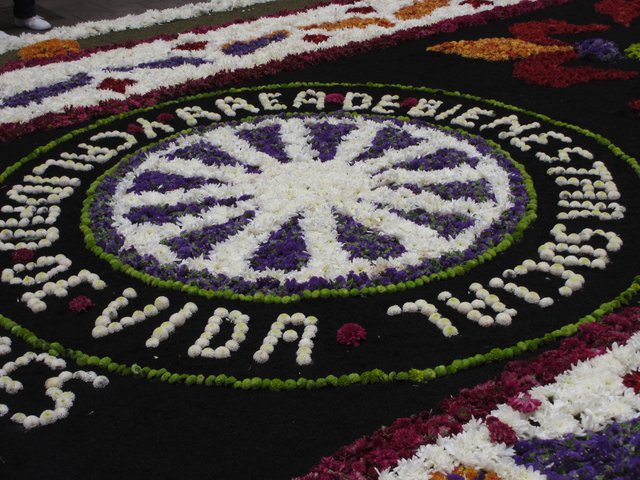
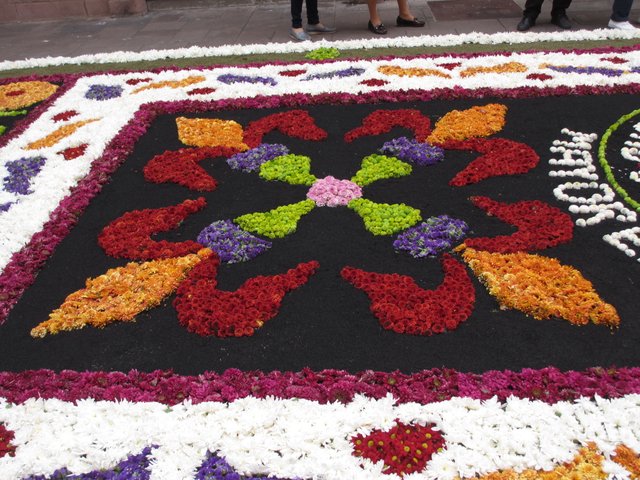
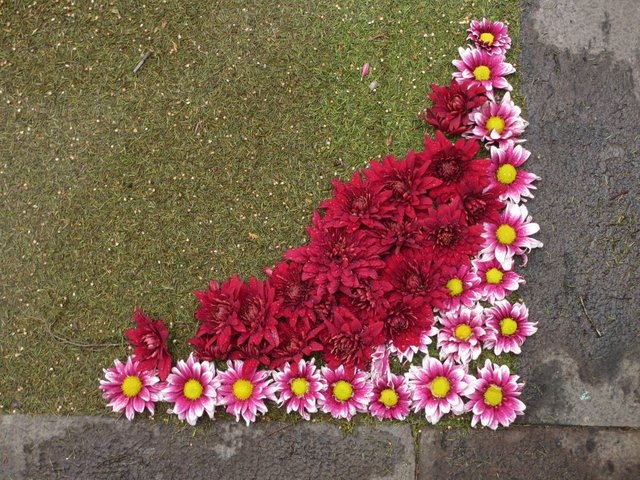
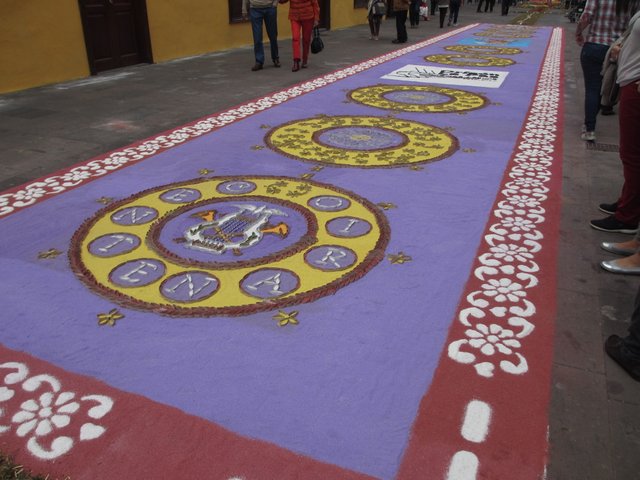
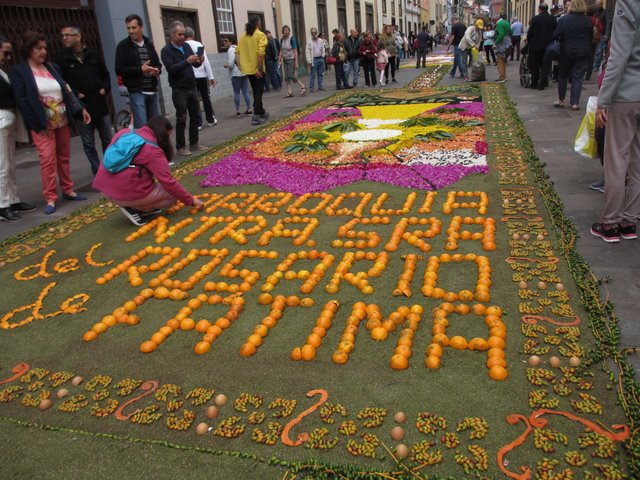
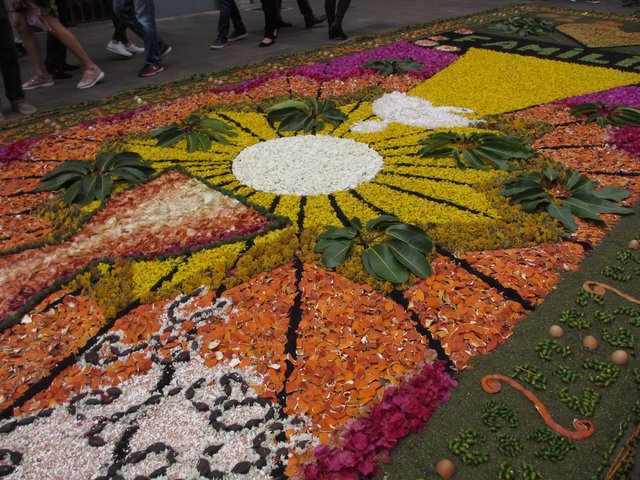
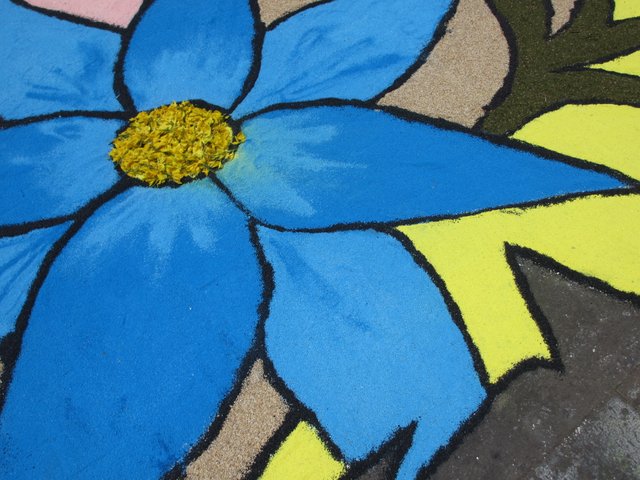
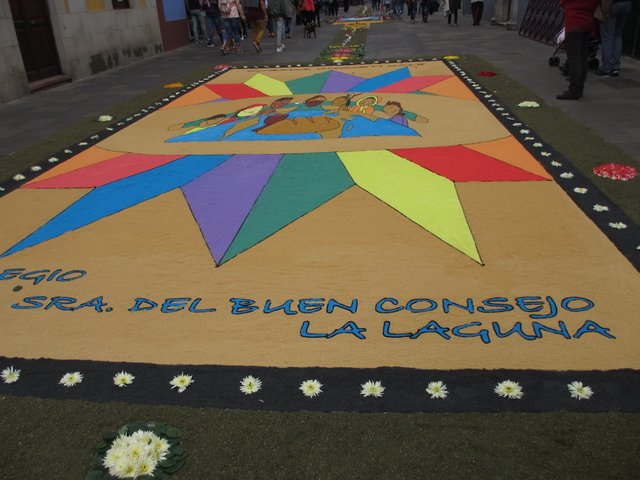
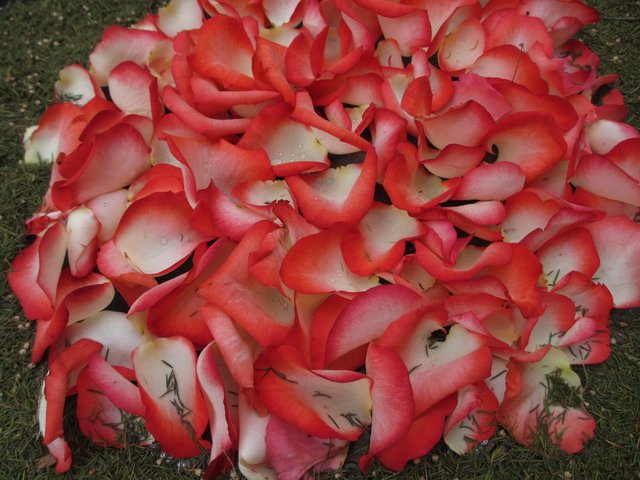
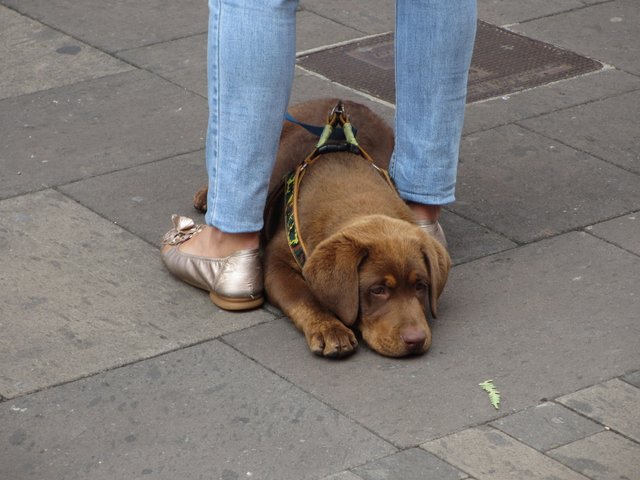
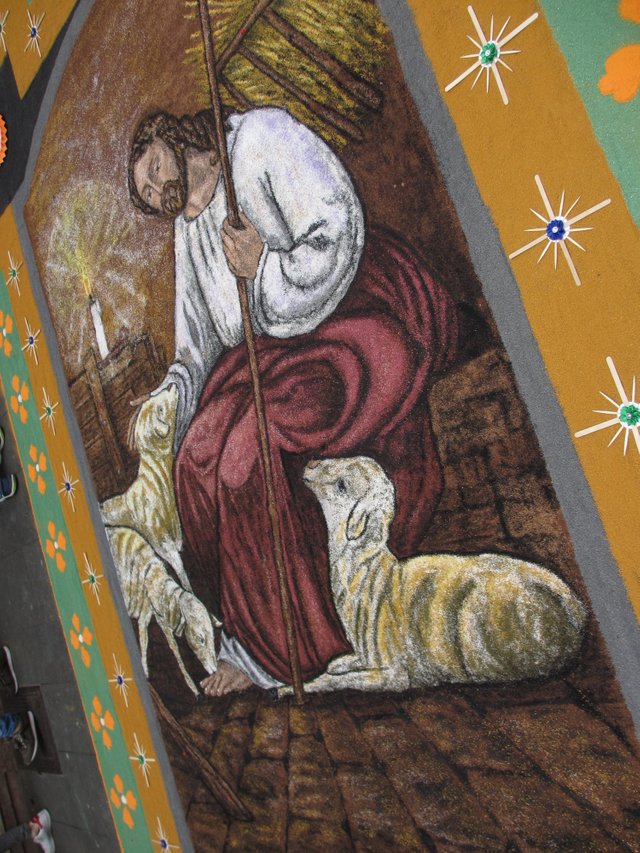
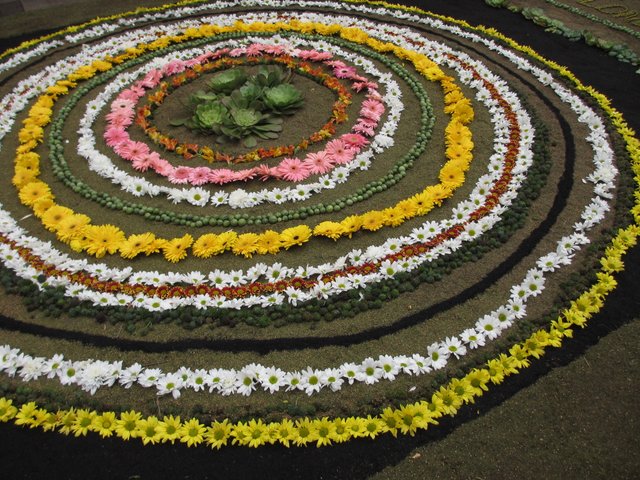
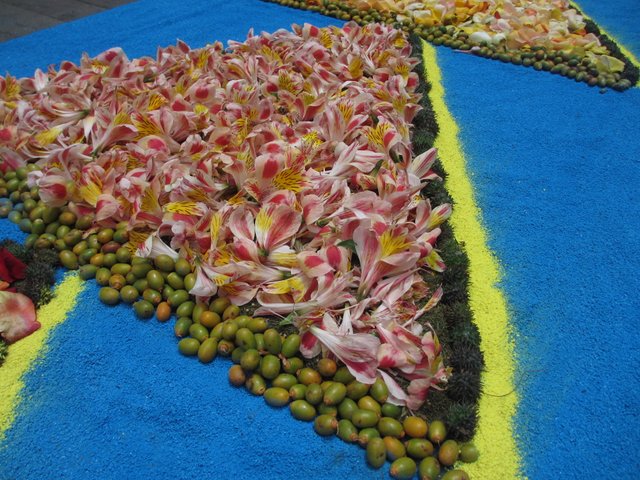
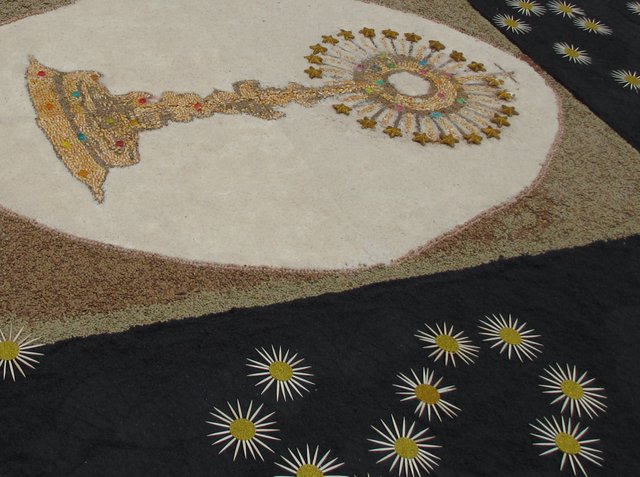
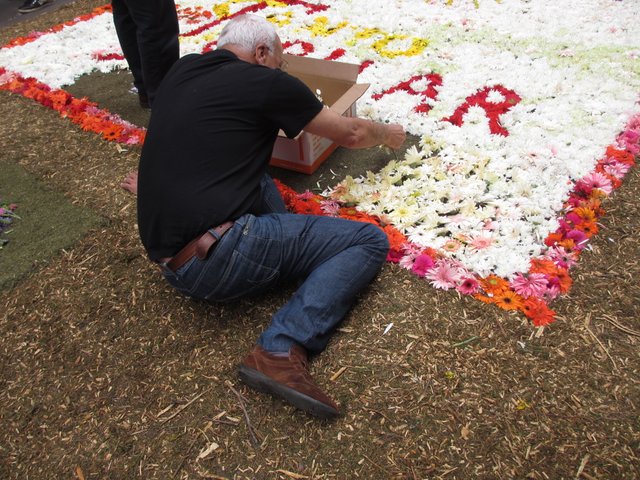
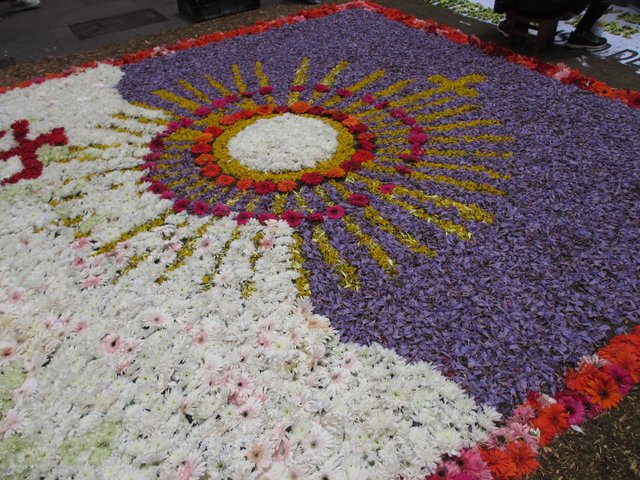
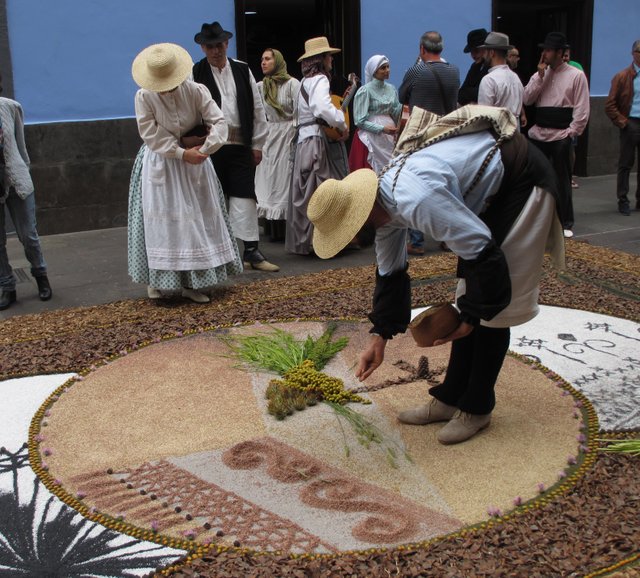
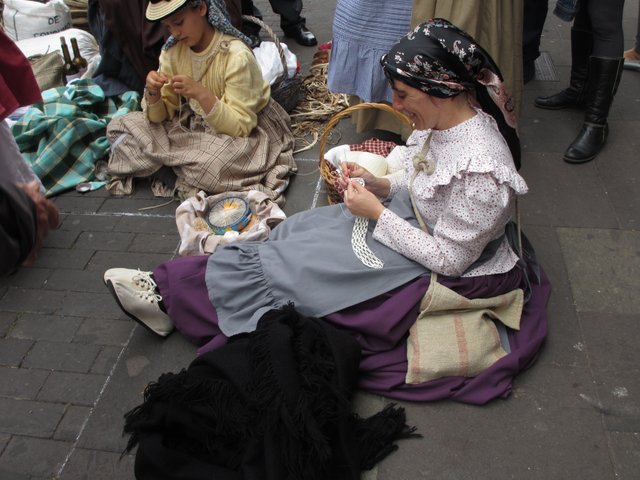
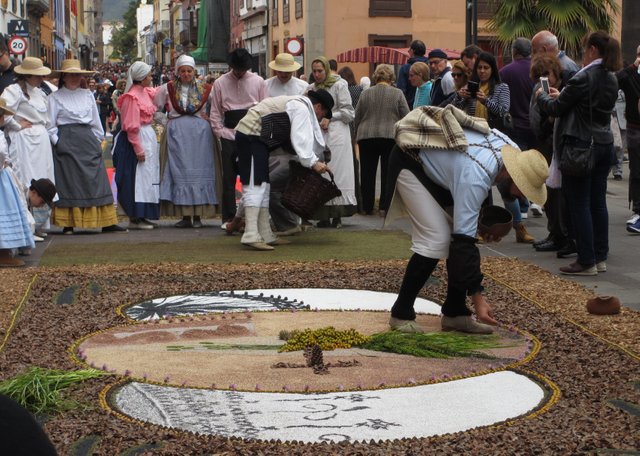
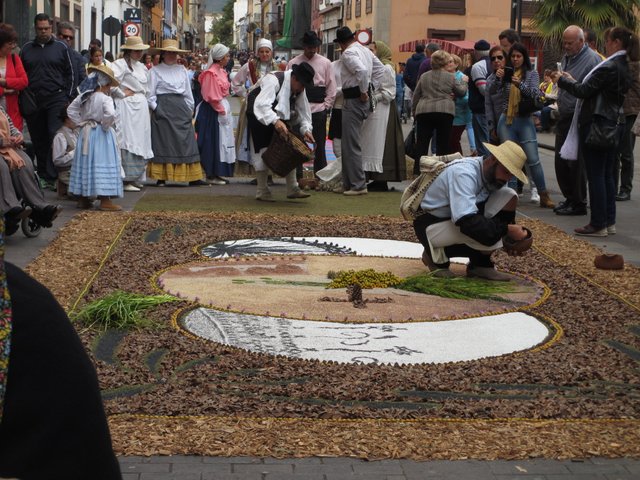
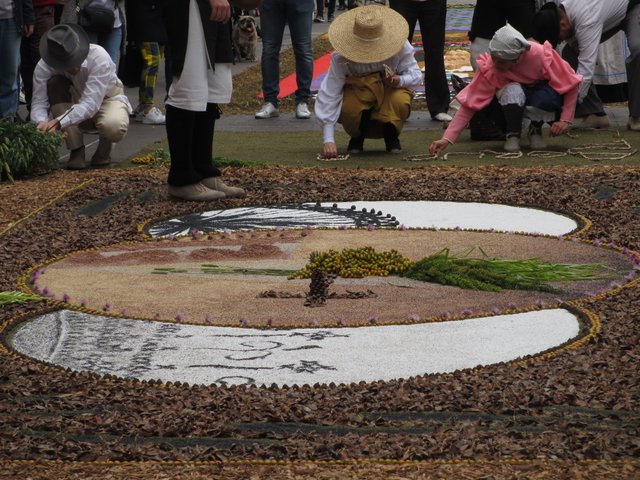
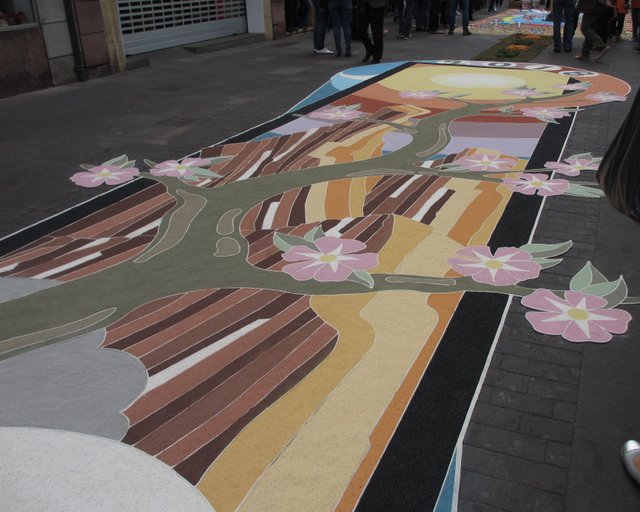
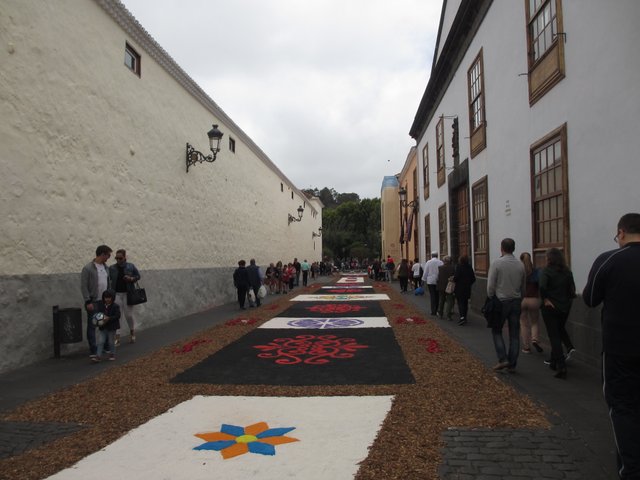
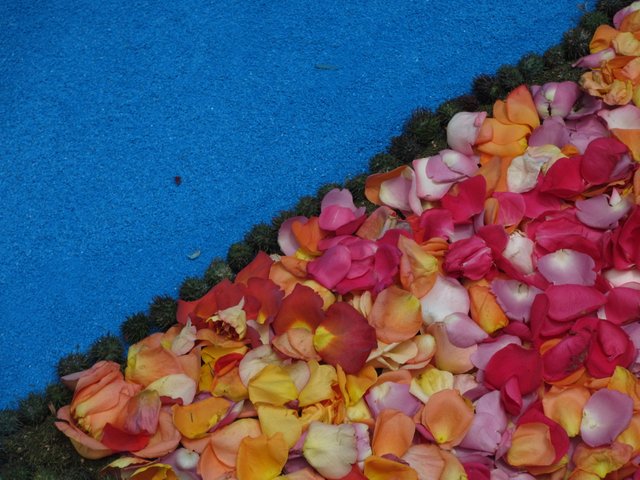
Gracias
Downvoting a post can decrease pending rewards and make it less visible. Common reasons:
Submit
Thank you very much..
Downvoting a post can decrease pending rewards and make it less visible. Common reasons:
Submit
Que bonitas y que cuidadoso y paciente hay que ser para realizar un trabajo tan laborioso! Me encanta
Downvoting a post can decrease pending rewards and make it less visible. Common reasons:
Submit
Gracias 😊
Downvoting a post can decrease pending rewards and make it less visible. Common reasons:
Submit
Tiene que ser muy bonito verlas, se que se hacen en más lugares , pero nunca las he visto en directo. Saludos.
Downvoting a post can decrease pending rewards and make it less visible. Common reasons:
Submit
Si. Las de flores son las mas bonitas, pero mas complicadas. 😊
Downvoting a post can decrease pending rewards and make it less visible. Common reasons:
Submit
Cada vez que te leo encuentro similitudes pese a las latitudes! En el pueblo donde está el rancho de mis abuelos también tienen esa tradición y es espectacular. También usan aserrín pintado de colores y como dices, las familias enteras no duermen haciendo los preparativos. ¡Es maravilloso!
Downvoting a post can decrease pending rewards and make it less visible. Common reasons:
Submit
Creo que esta tradición se efectua, al menos, en Mejico y Guatemala. Probablemente se haga en más sitios, pero lo desconozco. Gracias por tu aportación y... por leerme. 😊
Downvoting a post can decrease pending rewards and make it less visible. Common reasons:
Submit